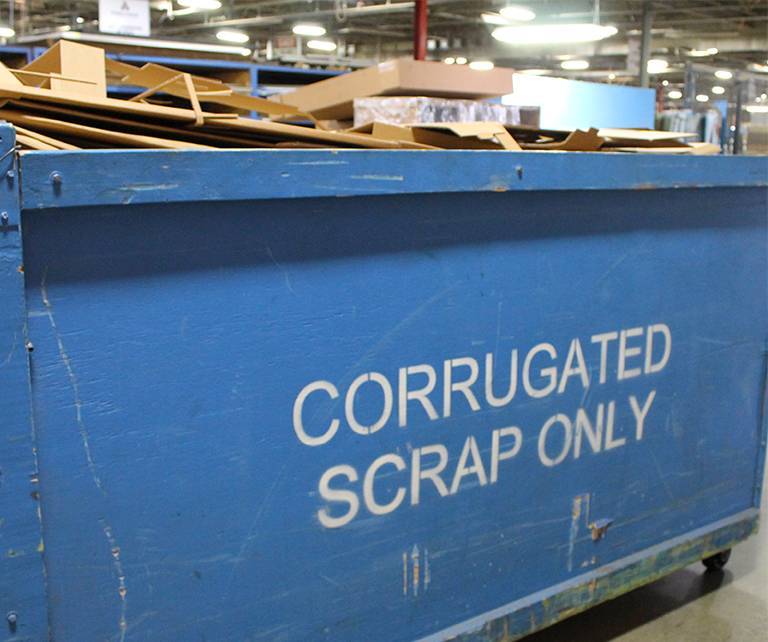To avoid towering landfills in the near future, reducing the amount of waste we generate, reusing more products, and increasing recycling are key. When it comes to reducing waste, you often hear the words “biodegradable” and “compostable” used interchangeably, but they are not the same.
While everything compostable is biodegradable, not all biodegradable material is compostable. Confusing? Yes, it certainly can be. So…whats the difference?
Biodegradable Needs the Right Mix
Biodegradable means that biological processes such as fungi and bacteria will break down the product into natural elements. These elements include CO2 and water vapor, given the right levels of moisture, temperature, and oxygen. Anything that is plant-based, animal-based, or natural mineral-based is usually biodegradable.

Other biodegradable materials, such as plant-based plastics (“bioplastics”), may take just as long as regular petroleum-based plastics to degrade if they get buried underneath trash in landfills with very little oxygen. How long? Up to 450 years to decompose fully, experts say.
Compostable: Good for the Soil
Compostable products, on the other hand, not only break down into natural elements over time but also generate a nutrient-rich organic material called humus. The composting process allows organic carbon to return to the earth, adds nutrients that are great for plants, and reduces methane emissions, a Green House Gas that is 30 times more potent than C02.
Sounds great, right? The problem comes if someone throws the compostable item into the trash. In a landfill, without the right amount of heat, water, and oxygen, it will break down much more slowly. According to the EPA, corrugated waste makes up over 31 percent of landfills—an avoidable situation, since corrugated boxes like ours are compostable.
To compost effectively, corrugated boxes need to be broken into small pieces. Combine the cardboard with soil and nitrogen-rich materials such as fresh grass clippings, horse or cow manure, or fruit peels; keep the mixture damp; and turn the compost pile every few days to speed up decomposition. The compost will be ready to use for gardening in six to eight months.
A future post will explain the meanings of product labels to help you determine their sustainability. In the meantime:
- Read product labels carefully before throwing them away or attempting to compost at home. A “compostable” product may actually require commercial composting.
- Don’t put biodegradable or compostable products in the recycling bin.
- Avoid single-use products, even ones labeled compostable or biodegradable.
- When possible, reduce and reuse rather than recycle.